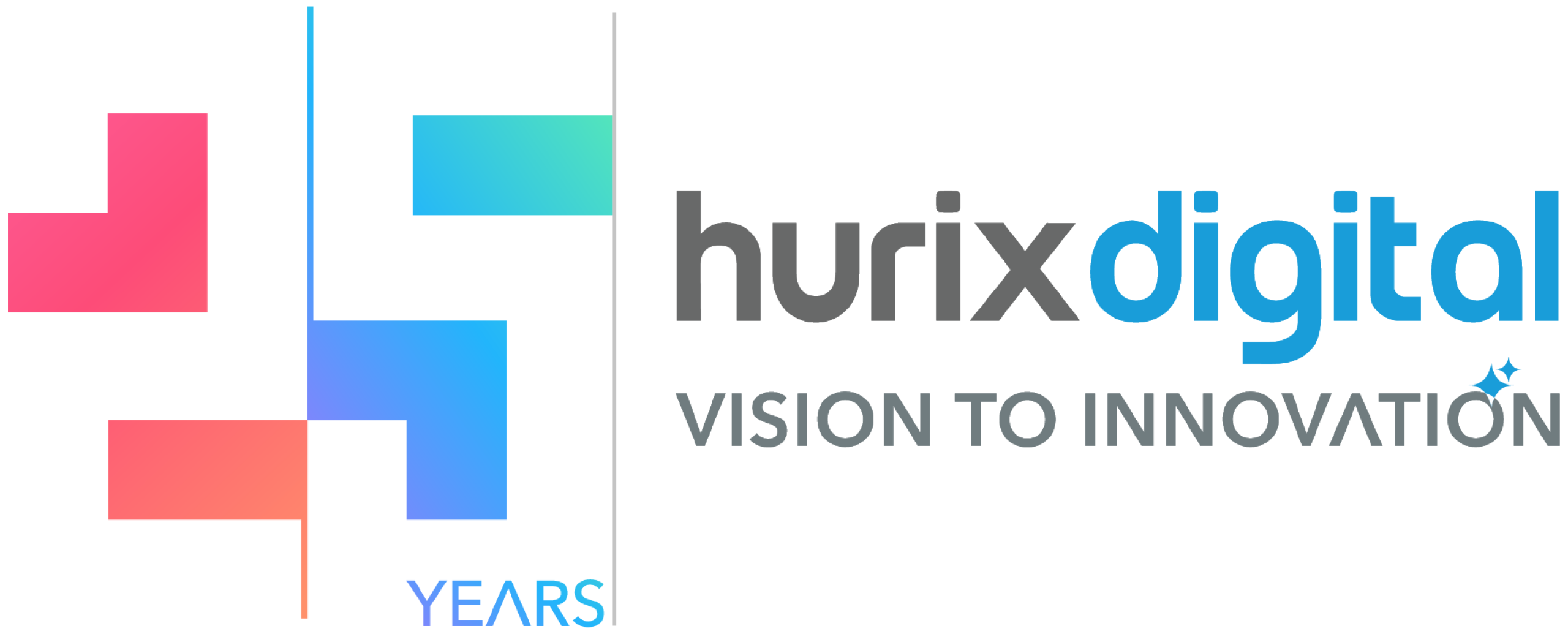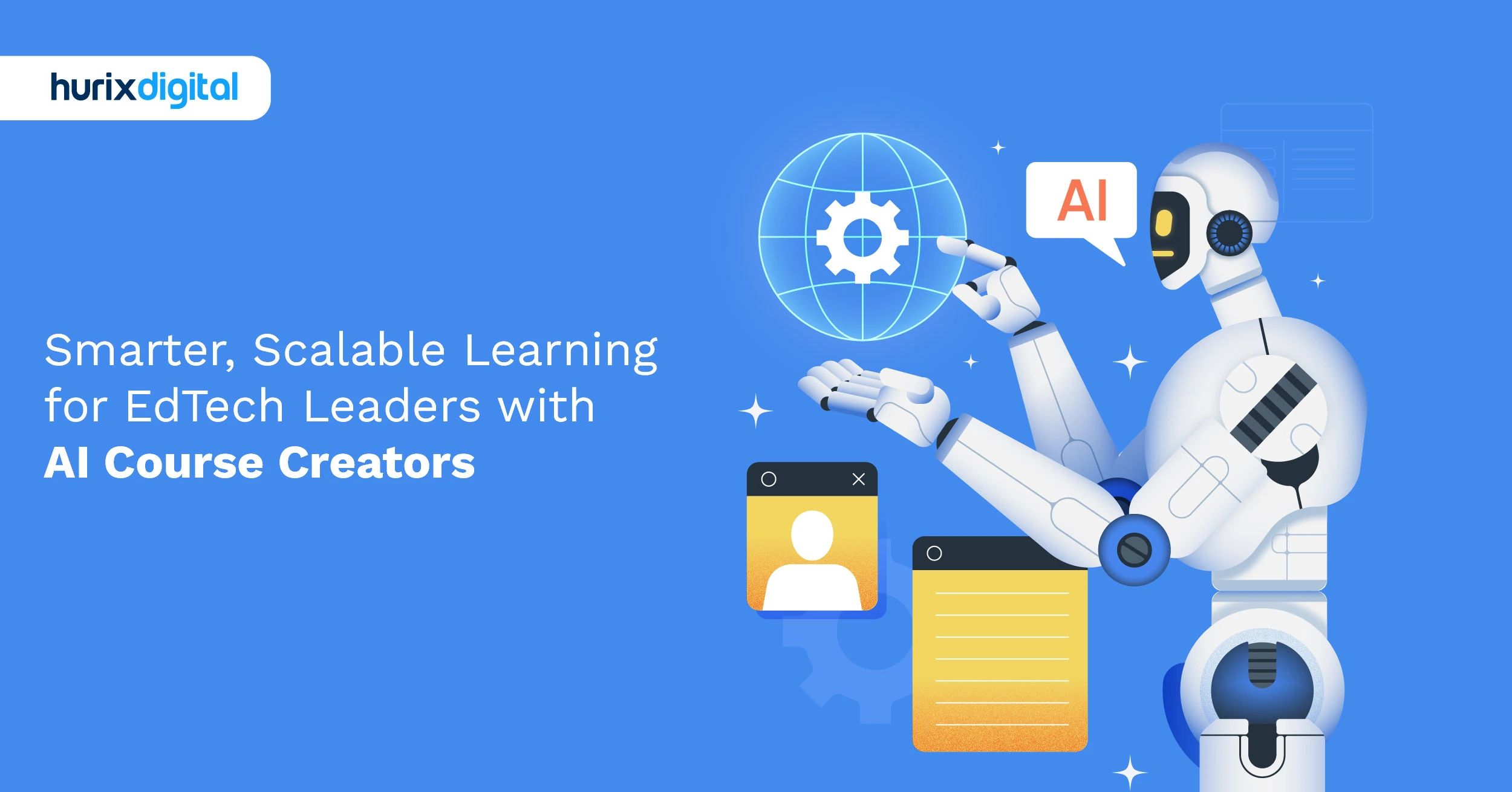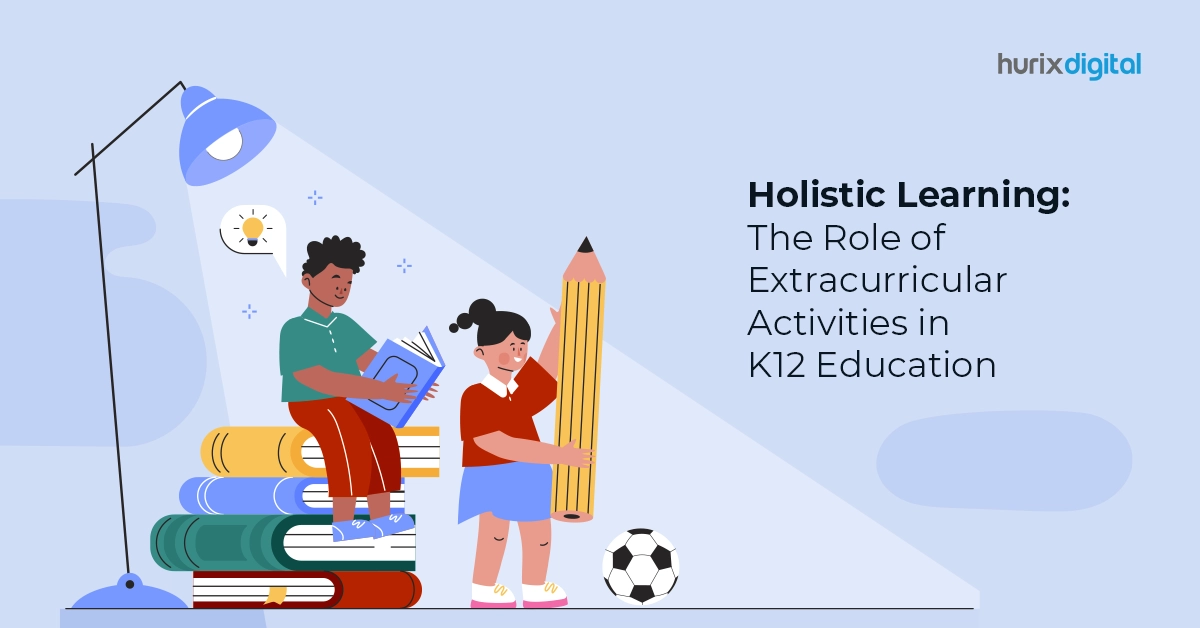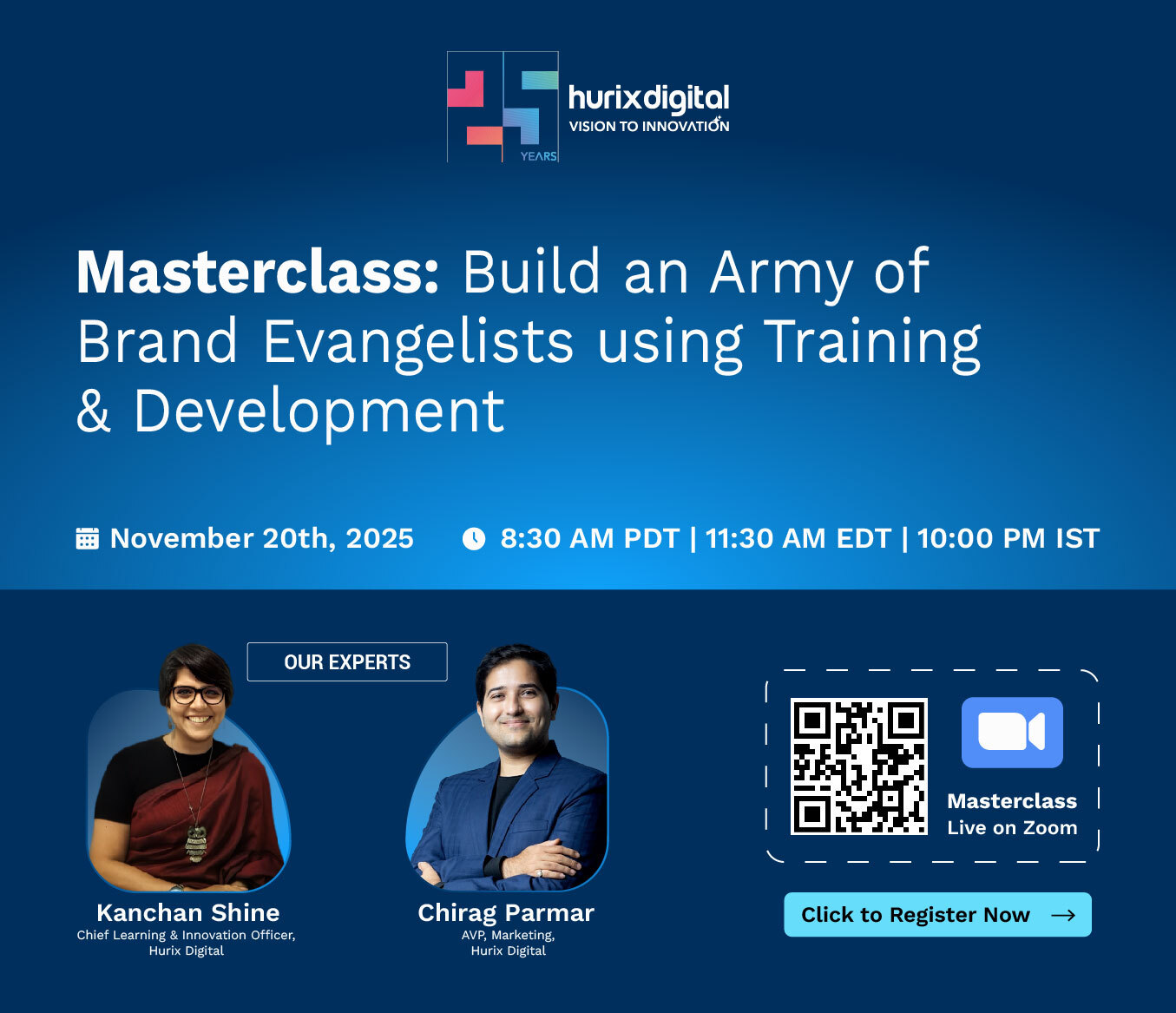
How an AI Course Creator Like Dictera is Changing eLearning Forever!
Learning and development teams often find themselves battling time due to the constant demand for new and effective eLearning. It is a common situation that the teams face regularly: How can they keep up with the required pace and at the same time deliver high-quality, relevant courses without losing the content quality and brand voice? This is no longer just about creating more modules. It is about each piece being truly engaging, genuinely developing the skills of the learners, and making a difference in their performance.
Therefore, the rising talk about AI in course creation is not just a matter of time but could be a game-changing solution to the ongoing problem. Certainly, a whole bunch of questions pop up. Questions like: Is an AI course creator really speeding up content development without compromising quality and branded authenticity, or is it just a nice dream to have?
Professionals mostly think of the real benefits that come with the use of tools such as Dictera before they can fully trust such systems that they will really scale eLearning production efficiently. Moreover, there is a human angle: how do we prepare the staff for the new world? And, importantly, how do organizations handle the matter of intellectual property and guarantee that AI-generated courses are accurate? These are not only technical questions. They have a much wider scope, as they are about how AI can personalize learning experiences, provide more features than just the text, be compatible with current LMS platforms, and finally, help us make our eLearning approach future-proof.
Table of Contents:
- How do AI Course Creators Accelerate Learning Content Development?
- Ensuring High-Quality, Branded Content with AI Generation
- What’s the ROI of Integrating AI Tools like Dictera?
- Can AI Course Creators Truly Scale eLearning Production Efficiently?
- How to Upskill Teams for AI-Powered Course Creation?
- Managing Intellectual Property and Accuracy in AI-Generated Courses
- What Advanced Features Should an AI Creator Offer?
- Integrating AI Course Platforms with Existing LMS and Workflows
- How Does AI Personalize Learning Experiences Effectively for Learners?
- How AI Course Creation Technologies Can Future-Proof Your eLearning Strategies?
- Summing Up
How do AI Course Creators Accelerate Learning Content Development?
Course creators have a tough job turning complex knowledge into easy-to-understand lessons. But they’re getting help from an unexpected source: AI. This doesn’t mean AI writes the whole course. It’s more like having a super-fast, never-tired helper for research and first drafts.
Let’s look at the first step of making a course. That empty page can feel like the biggest challenge. A creator might give AI a big topic, for example, “ethical issues in data science,” and tell it who the course is for. Right away, the AI can suggest titles for different parts of the course, come up with main things to learn in each part, and even list some points to talk about. This gives the creator a starting point, something they can see and work with. Without AI, it might take days of thinking and checking what the industry says is important to get this far. Now, the creator can use their special knowledge and teaching skills to make this outline better. They’re not starting from scratch anymore. They’re making choices about what’s already there, which is often a better use of an expert’s time.
Generating explanatory text or scenarios can be time-consuming. For example, needing five scenarios to illustrate covariance, a creator can prompt AI for diverse options instead of searching textbooks or recalling projects. Many suggestions will be generic or unhelpful, but two or three may be brilliant, sparking ideas or requiring tweaks. This approach speeds up the process and helps break creative blocks by providing perspectives the human brain might not immediately consider.
Creating assessments is often challenging. AI can draft initial questions from content, suggesting different cognitive levels. The creator reviews, discards weak ones, edits, and adds better questions. This streamlines setup, so the expert focuses on higher-order thinking.
Ensuring High-Quality, Branded Content with AI Generation
The notion that AI can simply create good branded content and deliver it without a person touching it is half-wrong. It can write quickly and in bulk, but it can’t get at the brand’s deeper feelings, humor, or how it really connects with people. Those subtle parts are difficult for AI to understand.
A skilled person has their eyes on the process. First, don’t just give the AI a style guide. Feed it lots of real past work that is exactly on-brand. Regard it as a master class for brand personality. Then, the AI can write those first ideas like social posts, a first draft of a blog, etc. But a human editor, who really knows the brand, has to read every output. They correct mistakes and add the missing soul.
Sometimes, AI generates sentences that don’t align with the brand’s voice—maybe too quippy or too sentimental. A human fine-tunes these, similar to a conductor making sure all instruments are in sync. It’s a cycle: AI generates, humans perfect, and feedback is provided. This partnership is not a substitute but supportive. Those who claim that AI can do it all likely haven’t experienced the problem of keeping a brand’s magic alive.
What’s the ROI of Integrating AI Tools like Dictera?
ROI isn’t just a column on your ledger. The people first notice the saved time. A professional can write a client note or report in a fraction of the old time. The immediate savings are in the hours regained, which can be calculated in a spreadsheet.
Then subtler gains appear. The time released allows a project manager to spend time on strategy and not transcription. The mental shift is from clerical to thinking work. Accuracy also improves; we all make typos when typing fast. A transcription AI, with all its flaws, eliminates elementary mistakes, allowing people to focus on substance.
It’s like decluttering a mind. Documentation is less of a chore at the end of a long day. The ROI is a less fatigued, more focused professional – clearer communication, better client interactions, and a calmer disposition. When someone finds pleasure in writing because the tool makes the mechanical aspect easier, that’s an actual return. Overall, energy flows from mundane tasks to worthwhile tasks, converting saved time into higher-level thinking.
Can AI Course Creators Truly Scale eLearning Production Efficiently?
Teaching AI course creators can rapidly generate content like 大量内容, automating steps like outlining, synthesizing data, and generating quizzes. This begs the question of the future for traditional instruction design, particularly for simple, low-stakes content.
But the deeper question is not so much about creating material as about learning effectiveness. Suppose a new learner is having a hard time with a concept. AI can generate or rephrase content in different ways. But can it predict the particular confusion that a veteran teacher sees time and again? Can it be a story that gives an abstract idea a personal touch, making it something concrete? That nuance matters.
Real efficiency in eLearning is not how fast something appears on the screen. It’s how well a learner understands the material, how long the knowledge is retained, and whether it actually impacts their understanding or behavior. AI can write first drafts and save experts from staring at blank pages, but it still takes a human to create a truly impactful learning experience.
It’s less about AI replacing everything and more about it being a fast and eager helper. Handing it all over to AI is like asking a great chef to cook with a blender. He’s quick, but does he have texture, balance, and soul? The thoughtful human designer is curating and fine-tuning for eLearning that can truly resonate and generate an “aha!”.
An accurate scale is translated to scaled impact, not necessarily more output.
How to Upskill Teams for AI-Powered Course Creation?
Frequently, the process of supporting teams to adapt to the new era of artificial intelligence (AI) in course creation is perceived as a large issue that is, in fact, smaller. In truth, this is not about an immediate, total maverick or starting over with new skills. It mainly deals with smartly using the existing team members’ skills, developing a few of their senses, and establishing a comfortable acquaintance with a brand new kind of coworker.
Learning how to interact with AI involves more than just asking questions. It’s about understanding these models are like smart, literal apprentices needing clear instructions, context, and gentle guidance. It’s a new communication form, like a Socratic dialogue with a digital mind. Mastering AI as a conversation partner means knowing its strengths, like confidently creating new ideas, and its limitations, such as lacking detail or empathy. Creators now act more as skilled editors and ethical guides, working alongside AI rather than being the sole source of insight and efficiency.
An instructional designer used to spend hours outlining modules or drafting questions daily. Now, AI can do this in minutes. The goal isn’t to replace AI but to act as an evaluator, checking for errors and ensuring AI output meets goals and cultural standards. Human insight and teaching theory, like storytelling or personal views, are AI’s weak points. Be skeptical, refine responses, and learn AI’s quirks. This process makes AI a partner in creating engaging learning experiences, emphasizing continuous learning over quick skills.
Managing Intellectual Property and Accuracy in AI-Generated Courses
The question of how one should handle the matter of Intellectual Property and keep the data generated by the Artificial Intelligence system consistent is another very intriguing, but somewhat problematic issue. This is not about merely following specific standards; it involves questioning an AI’s very existence, verification, and a human being’s educative accountability. Frequently, people are amazed at how quickly and efficiently AI can produce a particular piece of writing or simply content material, such as a module, some questions, or a study outline. Nevertheless, the main and preventive work by that output comes afterward.
Let’s consider intellectual property rights regarding AI-generated content. Who owns the credit? The institution using the AI, the teacher providing input, or if we merely piece together small parts from a large, often copyrighted dataset? This issue isn’t just about citing sources but about how old and new materials are combined and transformed. Laws haven’t kept pace with technology, leaving educators in a grey area with ethical concerns. Human interaction can reduce AI’s effectiveness, while minimal interaction might increase plagiarism risk. A key question remains: “Who authored that profound paragraph?”
Accuracy is of the utmost necessity in learning. Despite their proficiency in the language, AI models sometimes ‘hallucinate’, that is, they produce false information with confidence. One type of inaccurate content that can be misleading or even harmful is that of wrong dosages and fabricated dates. The educator should not put all the trust in AI, but he or she can still make use of AI as an idea generator or a text draftsman. Each fact, point, or example in the text ought to be verified by a human expert who can find mistakes, outdated information, or biases in the text. The process of critical review that ensures the preservation of educational integrity and the building of trust, which is very difficult to regain once it has been broken by inaccuracies, is done by the educator.
What Advanced Features Should an AI Creator Offer?
AI creators are frequently associated with the primary output of text. Generating human-readable content is the most common use case of those technologies. However, to really understand their advancing potential, we need to see beyond the text and consider the sensory outputs they provide. The creator of advanced features is not just one more typing helper; here is where it starts to show its creative abilities.
Think about what you could do with the visual world. Everyone would know how to form a picture of “a cat” very quickly. Nevertheless, if you describe a cat as a “scruffy tabby with a mischievous glint, curled on a sun-drenched porch swing with peeling paint and a well-worn blanket,” the AI will try to capture not only the subject but also the mood, lighting, and texture. It typically generates close or artistic snippets that help others develop new concepts. This approach is one of trial and error, teaching a junior artist who may need a shove occasionally.
Next, audio is also a part of it. Creating a complete audio experience is very far from simple text-to-speech. The first thing that comes to mind in this case is a short musical piece: “a hopeful, slightly melancholic piano melody, building to a light crescendo, suitable for a montage about overcoming odds”. Or the production of particular sound effects, for example, the barely noticeable creak of an old floorboard or the ringing of a village bell in the distance. The AI generator can better comprehend the emotional and atmospheric aspects and mix the components listeners connect with, even exaggerating the effect. If it is not always flawless, a note of the melody may seem misplaced, or the beat may be slightly off, thus needing the intervention of a human to bring the result to perfection.
In the end, the advanced features are not the reason for the disappearance of the human factor. They symbolize, instead, a striking tool expansion for the creative minds. One can hardly wait to get such a device to be able to quickly build up and visually and otherwise experientially represent complex and concrete ideas, thus leaving the human brain free to deal with the more original narrative and emotional aspects. It turns into a genuine alliance, a trade where the AI tackles the complicated elements, so the human creator can go on and really innovate the new.
Integrating AI Course Platforms with Existing LMS and Workflows
When an organization integrates AI course platforms into its current learning management system (LMS), the answer is rarely a “plug and play” type of solution. That means they have to go through the processes and experience the ups and downs of the journey. The first scenario that comes to mind is the massive data flow. An AI platform, which is supposed to be an adaptive learning or a personalized tutoring system, cannot function without data: learner progress, interaction patterns, and assessment results. The LMS, in contrast, is usually the single source of truth for enrollment, completion records, and maybe even grade books. How do they communicate with each other?
It is not just about getting an API connection. Surely, that’s the technical starting point, but it’s just the plumbing. What about the pedagogical workflow? Imagine an AI tutor finding a particular learning gap in a student. Does that information instantaneously alter the student’s profile in the LMS? Or more importantly, does it prompt a specific intervention from a teacher whose main interface is the LMS? The integration has to help the human instructor, not just make it work automatically.
Moreover, content delivery also plays a significant role. A good number of AI platforms create or modulate content dynamically. Would that content be entirely housed in the AI environment, thus fragmenting the learner experience? Or can it be effortlessly displayed in the LMS interface, providing the student with a single, uninterrupted learning portal? This is where things become complex. It is usually a back-and-forth way, where the AI platform sends personalized assignments or recommended modules to the LMS, possibly as SCORM packages or direct links. At the same time, the LMS extracts aggregate progress data for administrative reporting.
User authentication, single sign-on, and instructor dashboards are essential for effective AI integration in LMS. They enable instant access to AI resources, provide engagement analytics, and ensure AI supports rather than replaces teaching. Sometimes, simple integrations like AI suggestions within LMS are more effective than complex systems.
Read EXCLUSIVE: Hurix Minibook: How Dictera is Reshaping Higher Education for the Next Generation of Learners
How Does AI Personalize Learning Experiences Effectively for Learners?
Try to picture a skilled teacher. The best ones teach, but more importantly, observe. They can see where you look, they can hear your doubts, and they can quickly learn what you understand and where you have difficulty. Then, trainees immediately adapt their teaching to your needs. Good AI attempts to do the same thing.
AI is not just about providing the right answer; it’s about your entire learning experience. An AI system can observe how you work, learning mistakes, how good you are at understanding, and how long it takes you to answer, and based on this information, it creates a personalized learning path for you. If you’re good at fractions, it will take you to decimals. If you are weak on prepositions, it provides focused practice, occasionally going back to the basics.
Feedback is no longer one size fits all. Rather than simply “Wrong,” one gets detail: “You had the right formula, but you assume the gravitational force is always the same regardless of altitude.” The AI detects misunderstandings and presents videos, simulations, or articles with different pedagogies, hoping to find the best resource for you at the moment.
The information it gathers can overlook feelings and outside conditions that impact learning. A human teacher will empathize. “What AI does very well is take multiple differences at the same time.” It can provide a level of individual attention that one person, no matter how good, can’t offer 30 students.
How AI Course Creation Technologies Can Future-Proof Your eLearning Strategies?
The world moves quickly, particularly in technology or where the rules change. Often, eLearning strategies are not kept up to date. Designing a good course used to take weeks. You’d assemble experts, create copy, create images, and deploy. Something may have changed by the time it was ready. This continual playing catch-up has a negative impact on the speed at which an organization learns.
AI in course creation is a superior way to keep up. It means using AI as a powerful assistant. Consider a new product feature or a worldwide compliance change. Rather than starting from the ground up, AI can quickly write outlines, extract data from existing documents, and make recommendations such as case studies or scenarios, all in the span of hours instead of weeks. Then, this is reviewed and refined and needs an explanation provided by the human expert, which only experience can provide.
This speed provides an advantage in strategy more than convenience. Learning stays up-to-date. Also, AI can personalize. It can divide learners into groups, recommend special routes, or increase or decrease difficulty according to each learner’s knowledge. This goes beyond the ‘one-size-fits-all’ model that can lead people to quit.
AI requires good data to be effective, so careful selection of input data is important. The human element, review, supervision, and comprehension, is still a necessity. AI augments what we can do, allowing humans to concentrate on strategy and empathy rather than mechanics. This allows an eLearning plan to follow the expansion of the world.
Summing Up
AI in eLearning is not just about being efficient; it is about providing personalized, high-quality learning at scale. Content that is future-proof and enriching student learning is created with tools like Dictera and training personnel. It changes the way in which education affects people.
AI in eLearning is not just a way to create courses faster; it redefines how companies provide powerful, scalable, and personalized learning. Tools like Dictera provide more speed, accuracy, and flexibility, allowing L&D teams to focus on what matters most: creating meaningful learning journeys that drive performance.
AI success does not happen by accident. It requires a clear strategy, the right partner, and a vision that combines human expertise with AI capabilities. Companies will be established now that will provide the standard for tomorrow’s learning world.
At Hurix Digital, we help businesses with AI solutions such as Dictera accelerate course creation, future-proof training strategies, and provide content that resonates with a wide range of audiences. Interested in finding out how Dictera can accelerate your eLearning transformation? Contact us today and take the first step on the journey to smarter, scalable learning.

Vice President & SBU Head –
Delivery at Hurix Technology, based in Mumbai. With extensive experience leading delivery and technology teams, he excels at scaling operations, optimizing workflows, and ensuring top-tier service quality. Ravi drives cross-functional collaboration to deliver robust digital learning solutions and client satisfaction
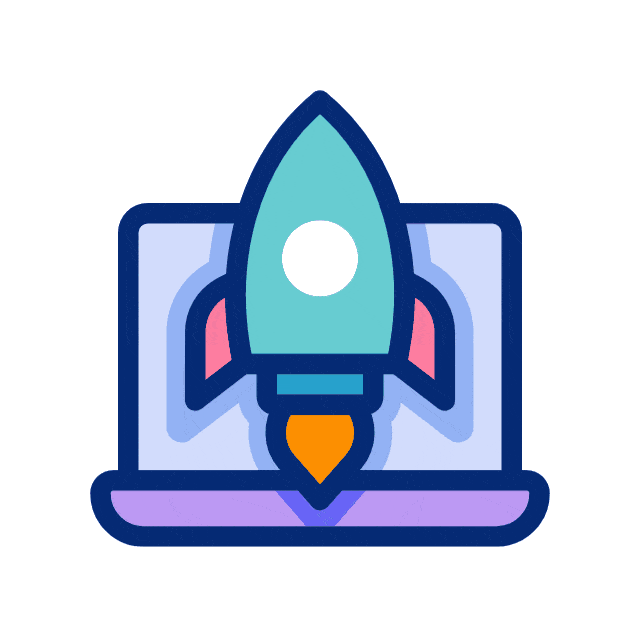 Upcoming Masterclass | Build an Army of Brand Evangelists using Training & Development | November 20th, 8:30 AM PDT | 11:30 AM EDT | 10:00 PM IST
Upcoming Masterclass | Build an Army of Brand Evangelists using Training & Development | November 20th, 8:30 AM PDT | 11:30 AM EDT | 10:00 PM IST
